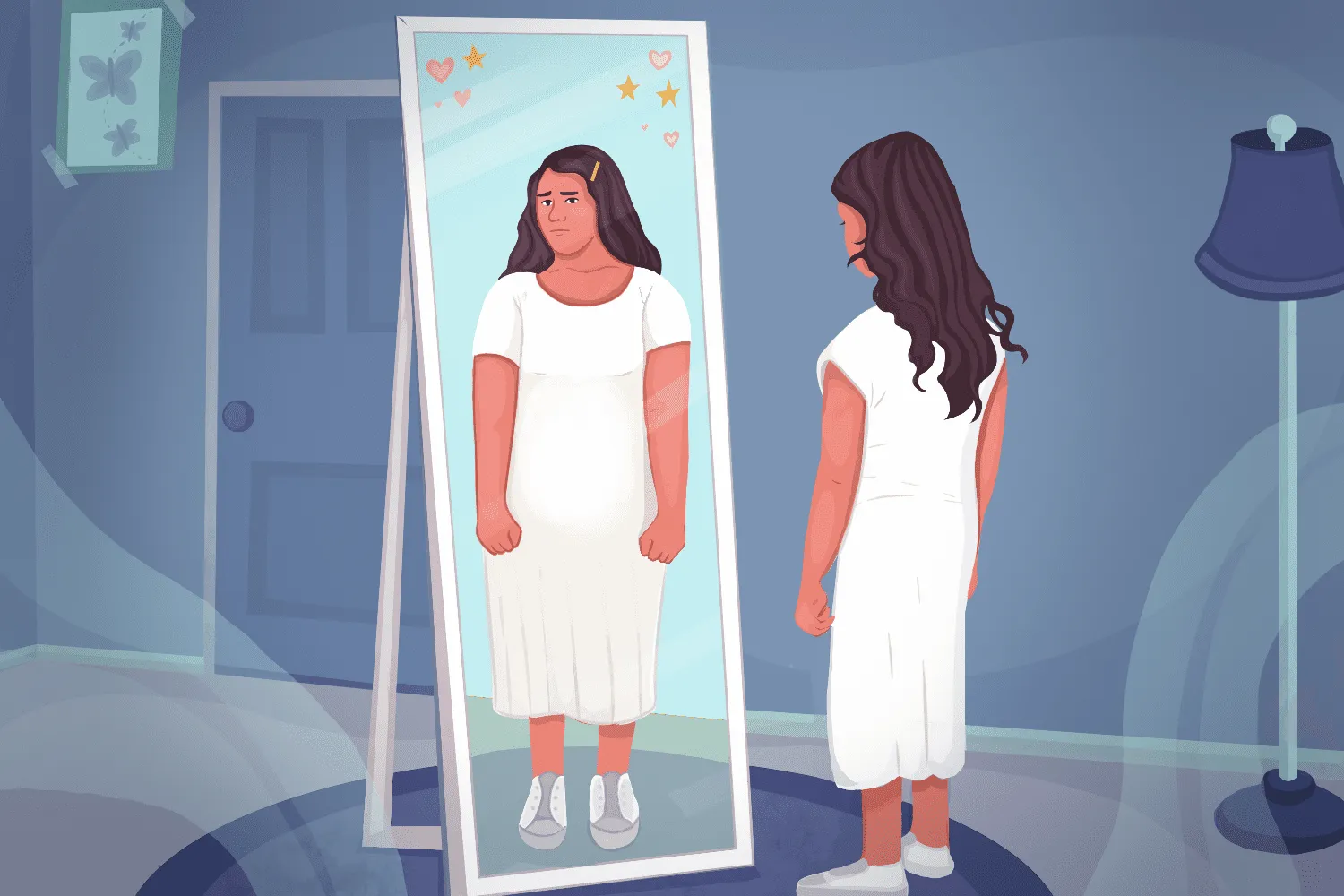Body dysmorphic disorder, also referred to as body dysmorphia or BDD is a condition affecting one’s mental health that causes them to worry a lot about their appearance. Body dysmorphia affects both men and women and people of any age. A majority of the people suffering from body dysmorphic disorder have
delusions that people easily notice these supposed flaws. Most patients also do not realize that their beliefs about their appearance are due to a mental condition and not reality.
There are two subtypes of Body dysmorphic disorder: muscle dysmorphia and body dysmorphia by proxy.
- Muscle dysmorphia - This subtype of body dysmorphia affects individuals’ perceptions of themselves, making them obsessively concerned about their looks specifically their muscularity or leanness. However, it is not limited to how the muscles look as it expands to how the whole body is perceived to look in general. Muscle dysmorphia is also called bigorexia and is associated with thoughts and beliefs like over-valuing one’s appearance and believing that other people negatively evaluate one’s appearance as well.
- Body dysmorphia by proxy - This other subtype of body dysmorphia causes an individual to be overly concerned about not themselves, but perceived flaws in another person’s appearance. These patients spend excessive time thinking about, and in some cases, pointing out these perceived flaws in the person of concern’s appearance. The primary person of concern is usually a spouse or partner but maybe a child, parent, sibling, friend, or a total stranger.
Common symptoms of Body Dysmorphic Disorder
Body Dysmorphic Syndrome might manifest in any of the following ways:
- Constantly comparing one’s appearance to that of other people.
- Excessive grooming.
- Looking at one’s appearance in mirrors a lot.
- Avoid looking at one’s appearance in mirrors.
- Excessive exercise.
- Skin picking.
- Regularly seeking cosmetic procedures.
Causes of Body Dysmorphic Disorder
Medical experts are yet to identify a specific cause of body dysmorphia in individuals. However, these factors can contribute to the development of body dysmorphic disorder:
- Possessing other mental illnesses; studies show that people with obsessive-compulsive disorder (OCD), eating disorders, generalized anxiety disorder, or depression may be more likely to have body dysmorphia.
- Genetics or a family history of body dysmorphia, OCD, eating disorders, generalized anxiety disorder, or depression.
- History of abuse (sexual abuse, physical abuse, bullying, etc)
- A chemical imbalance in the brain.
- Societal pressure and beauty standards.
Possible Treatments for Body Dysmorphic Disorder
Like every mental condition, body dysmorphic disorder can be treated effectively and managed, reducing the symptoms of the illness. After recognizing symptoms of this disorder in one’s self or a loved one, a mental health professional or medical practitioner should be contacted.
- Where symptoms are relatively mild, cognitive behavioral therapy (CBT) should be recommended. In addition, joining support groups and practicing mental wellness exercises are beneficial to treating body dysmorphia.
- Where symptoms are moderate or severe, pharmacotherapy should be offered, either alone or together with CBT. A type of antidepressant known as selective serotonin reuptake inhibitor (SSRI) is currently widely considered the medication for body dysmorphia.
In conclusion, while there is no cure for this illness, treatment can help improve symptoms. The effects of body dysmorphic disorder include low self-esteem, and eating disorders and can be as severe as suicidal thoughts. If you identify any of these symptoms in yourself or any of your loved ones, contact a mental health
practitioner or a medical expert for treatment.


